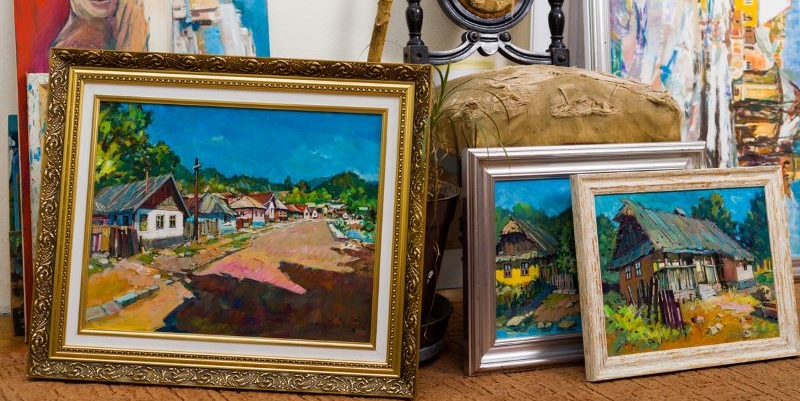| By Elizabeth Mohn |
Young students are naturally curious learners and are often motivated by creative, engaging topics. Teachers can capitalize on this curiosity and motivation by developing cross-curricular learning opportunities. Cross-curricular learning remains important throughout students’ time in school, but using creative, engaging topics for cross-curricular learning is especially important for elementary school students, as creative topics are more likely to spark their interest and engage them in holistic learning. Topics about art—including famous artists, styles of work, and works of art—are exciting for young students and can help teachers develop cross-curricular instruction. Gale In Context: Elementary has dozens of new and updated articles dealing with art and artists that will engage young readers and help them learn about the topics presented as well as other subjects, such as social studies, history, and science.
Opening the Door to Cultures
Art is a vital part of all world cultures, and teaching about art from a particular culture is like opening a door into that culture. Teachers can capitalize on the connection between art and culture to help students learn about other cultures. Teachers can find various updated articles about art from different cultures and dozens of new biographies about artists from around the world. These fact-filled articles—written at grade-appropriate reading levels—will interest students while helping them better understand unfamiliar cultures.
Teachers could, for example, share with students the updated Japanese Art article to explore aspects of Japanese culture. The article highlights important styles of art that were famous in Japan throughout history, from ancient Japanese art to modern manga. As students learn about the various styles of art, teachers can connect the changes in styles of art to changes in Japanese culture. For example, manga became a popular style of art after Japan became culturally more open to the outside world. Teachers could also encourage students to read biographies of famous Japanese artists to expand their understanding of the culture. For example, they might encourage students to read the new biography of Takashi Murakami, a contemporary Japanese artist. The articles will help students understand the breadth of Japanese art and culture while engaging students in the story of one person’s life.
Connecting with Science
The inspiration behind different works of art can help teachers develop cross-curricular learning too. Artists find inspiration in countless sources, and nature is a common influence for many artists. For some artists, nature and protecting the environment are driving factors behind their work. Teachers can encourage students to learn about such art and about the scientific factors that influence it.
For example, in the new biography about American artist Courtney Mattison, students can learn about science and the way it inspires Mattison’s art. Mattison’s biography explains to young students that Mattison grew up around the ocean and was inspired to make art based on the ocean life she saw. Students will also learn that Mattison herself studied art and science in college, allowing her to follow two of her passions. As an adult, Mattison makes sculptures from glass and clay that are inspired by ocean life. The articles about Mattison also state that she cares deeply about climate change, and she hopes her work will inspire others to learn about nature and take steps to protect it. In the Level 2 version of Mattison’s biography, students will read her quotation that states, “Nature is more creative than I could ever be.” This quotation and the rest of the article can help students connect science with art and creativity—two topics that are rarely linked in many students’ regular studies.
Humanizing History
Studying biographies and autobiographies can be an interesting way for young students to learn about history. Stories about individual lives can help students compare historical events and eras with their own experiences. Biographies help humanize historical events so students are more interested and can more easily relate to the information they learn. Teachers can help students locate and examine biographies of individuals whose lives and experiences can teach them about history.
For example, teachers might guide students to read biographies of Black artists, such as Augusta Savage and Charles Henry Alston, who lived and worked in the United States in the early twentieth century. Savage’s and Alston’s experiences can help students understand the social and political climate that all Black Americans faced at the time. Savage was a talented, self-taught sculptor, but she experienced prejudice that prevented her from gaining notoriety. Her experience was common among Black women living in the United States at the time. By reading about Savage’s life, students will better understand what American society was like during the early twentieth century.
The Gale In Context: Elementary collection of articles about the visual arts and artists provides teachers with a comprehensive collection of information that will help make cross-curricular learning exciting, interesting, and relevant.

About the Author
Elizabeth Mohn is a writer and an educational content developer. When she’s not reading or writing, Elizabeth is usually spending time with her family, listening to podcasts, or working in her garden.




